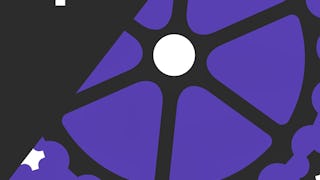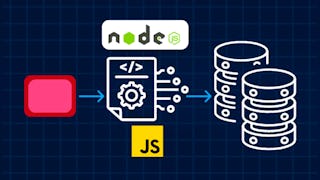Updated in May 2025.
This course now features Coursera Coach! A smarter way to learn with interactive, real-time conversations that help you test your knowledge, challenge assumptions, and deepen your understanding as you progress through the course. In this comprehensive section, you will embark on a journey to master the essentials of server-side development using Node.js. Starting with an introduction to setting up your Node.js environment, you will learn how to use Express, a powerful and flexible framework, to create and manage servers effectively. This section emphasizes the importance of understanding the server's role in handling AJAX requests and the basics of RESTful API design. You will dive deep into defining RESTful API endpoints, exploring how different user actions, such as adding, updating, and deleting resources, are processed by the server. Each endpoint will be meticulously crafted to ensure REST compliance, providing you with a solid foundation in API design. Practical examples and detailed explanations will help you grasp the intricacies of route handling and server responses. To enhance your development workflow, you will also learn about essential tools like NPM and Postman. These tools will aid in installing necessary modules, managing dependencies, and testing your API routes. By the end of this section, you will have a robust Node.js server set up with well-defined RESTful API routes, ready to handle complex web applications. This course is ideal for web developers and backend engineers looking to enhance their skills in server-side development. A basic understanding of JavaScript and web development concepts is recommended. Familiarity with Node.js and Express will be helpful but not required.





















